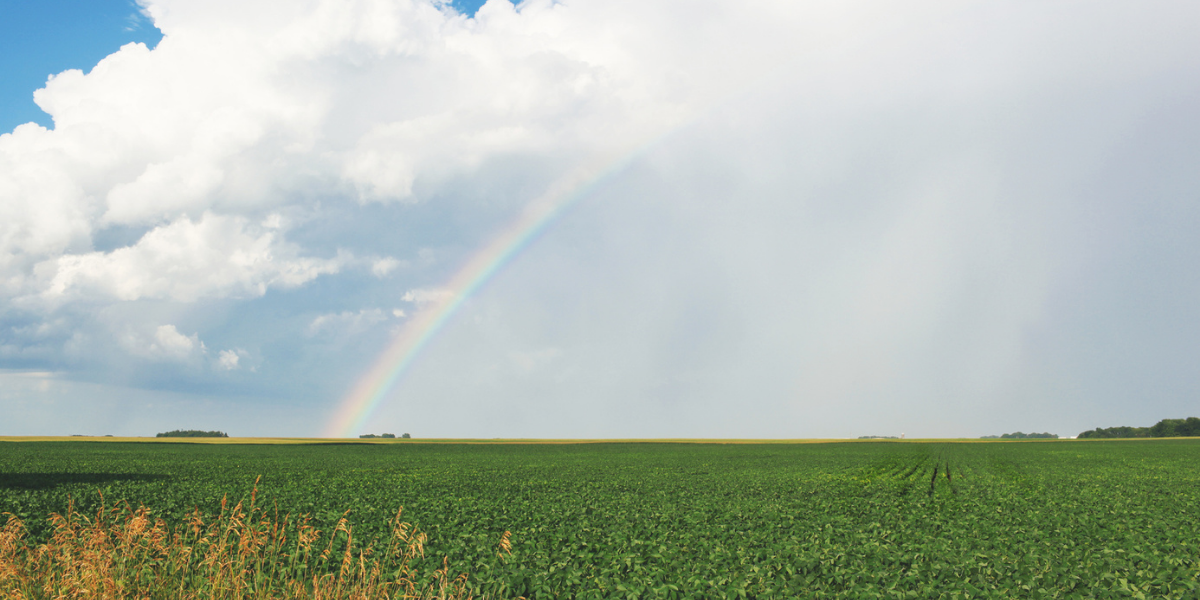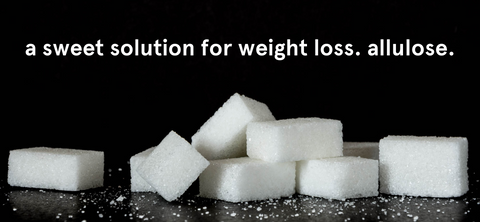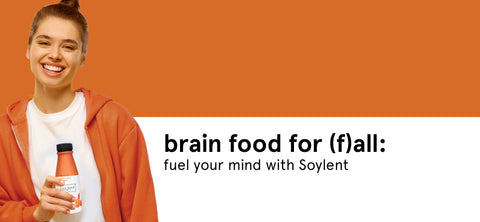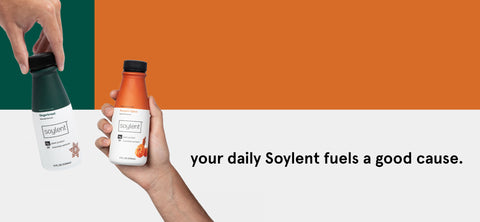
As we grow and evolve as citizens of planet earth, it’s important to know and understand the impact of our daily lives. The way we live, use day-to-day resources, and source our food are all considerations for the footprints we leave behind for generations to come. Because we like research, we commissioned an independent, third-party Life Cycle Analysis (LCA) on our bottled shakes to help us find out what our true environmental impact is and how it stacks up against other meal options. One key take-a-way from the LCA was how critical US-grown soy is to maintaining a small carbon footprint so we will be diving deeper into this topic here.
As a food company, it’s important for us at Soylent to leave the planet better than we found it, and using a sustainable protein source in all of our products is one of the ways that allow us to do that. We have not found a way to ensure sustainable practices globally and that’s why we only use US-grown soy or another protein: because we do have a higher standard in how crops, particularly soy, are grown and managed.
Soybean as a Crop
Soybeans are a major cash crop in the US, with farmers growing between 3.5 and 4.5 million bushels per year on more than 440,000 farms. That’s huge. That’s an incredible number of jobs and lives that are affected by soybean farming.
When considering soy’s environmental footprint, land usage and impact, water usage, greenhouse gas emissions, and nutrient density (in terms of how efficiently it feeds the masses) are all factors worth looking at.
Soy and Land Usage and Replenishment
Farmland is a resource of which there’s a finite supply. How well we treat the land in terms of keeping the soil healthy, replenishing the nutrients in the soil through crop rotation, and the types of chemicals the farmers put into the ground are all factors when it comes to farmland utility and efficiency.
Soy is an ingredient in a number of foods we as humans eat, as well as a main ingredient in livestock feed and food additives. For our purposes, we’re focusing on the numbers for protein, as that’s what we use it for in our protein shakes and bars.

It likely goes without saying that soy does much better on this front than dairy cows (where whey protein comes from) - for comparison, you get 82 grams of usable protein per acre on a dairy farm compared to 356 grams from soy. That’s quite a difference.
Furthermore, soy is a nitrogen-fixing crop. Most fertilizers used for growing food crops contain nitrogen to promote healthy growth and high yields of the leafy and edible parts of the plants. When a plant like soy is used in low-input crop rotation, it actually draws nitrogen from the atmosphere back into the soil, creating more nutrient-rich soil to help the crops be more successful.
And finally, soy is an effective cover crop, when planted at the right time. Cover crops are grown to preserve soil integrity and prevent irrigation runoff. Since arable soil is a finite resource, it’s important to avoid losing it to runoff and preserve it as best we can for as long as we can.
Soy and Water Usage
Water is an increasingly valuable resource as our planet warms and more water is lost in the atmosphere. How we — as a society and all the way down to the individual — use the water we have is a critical part of conservation efforts. So it makes sense that our agricultural practices begin focusing on sustainability as it relates to water usage.
Animals — including cows — are among the most water-intensive food sources in our agricultural system. While the numbers vary from source to source, it’s estimated that it takes anywhere between 1700 and 1900 gallons of water to raise a pound of conventionally farmed beef. That’s a lot of water, especially when compared to a pound of soybeans at 216 gallons. But comparing beef to soy (or any animal to any plant-based food source) isn’t the entire story.
There are quite a few caveats when discussing the various water usages of different animals and crops, namely that a good portion of the water used to irrigate both animal feed and plants for human consumption (called “blue water”) which eventually makes its way back into the water supply to be used over and over again. Rainwater (called “green water”) will fall on the land whether crops are grown, cattle are grazing, or the land is full of wildflowers. It’s the “grey water” (the water that’s contaminated with agrichemicals or livestock waste) that’s most important when considering water usage. Those numbers can start to get blurry, but we know for sure that soy crops don’t generate any livestock waste, giving them an advantage over conventionally raised cattle.
Soy and Greenhouse Gas Emissions
Here at Soylent, we use sustainable US-grown soy (which is far more eco-conscious than soy grown elsewhere in the world), meaning the main ingredient in our product doesn’t travel halfway across the world to reach our manufacturers. Soylent is also one of only two companies in the US to receive the new Sustainable Soy Mark. But beyond the practices of our particular business, US-based soy farmers have been working on reducing the industry’s greenhouse gas emissions through improved efficiency, some of the soil management practices we’ve already mentioned, and conservation-tillage systems that allow the plants to grow without tilling the soil. By utilizing these improved farming practices, the industry uses less gas-powered farm equipment, makes more efficient use of each acre of land planted, and actually reduces the release of CO2 into the atmosphere. In fact, today’s soybean farmers use 35% less energy than they did back in 1980.
By purchasing Soylent’s products you are using your buying power to not only support US farmers but to also make a positive impact on the environment. You can feel good about the nutrition you are consuming, while having a clear conscience knowing your food was harvested sustainably and did not have to travel around the planet to arrive at your home.
Soy’s Nutrient Profile
We believe that soy can help feed the world and solve serious hunger issues across the globe. That’s because soy is among the very best quality plant-based proteins available, offers both soluble and insoluble fiber, and both omega-3 and omega-6 fatty acids. Soy is also rich in vitamin K1, thiamin (B1) and folate (B9), as well as the minerals molybdenum, copper, manganese and phosphorus.
Because of the complete, nutritious nature of our protein, we know that it is a great solution, not only for issues of malnutrition, but also for the everyday nutritional needs of the general public. In addition, soy is also the best tasting plant-based protein on the market, another win-win!
Soylent for the Planet and the People
Now that you have a better understanding of the impact soy farming has on the planet, we urge you to take it one step further. Take a look at the research done on Soylent specifically and how our practices measure up to the competition in terms of our environmental footprint. We endeavored to find out exactly the impact we’re having and how we might be able to do better when we commissioned an independent Life Cycle Analysis (LCA) on our bottled protein shakes. Take a look and let us know what you think.
Sources:
https://www.statista.com/statistics/192058/production-of-soybeans-for-beans-in-the-us-since-2000/
https://www.usfarmdata.com/farm-count
https://extension.missouri.edu/publications/wq277
https://cias.wisc.edu/2001/01/01/low-input-forage-rotation-similar-returns-reduced-costs/
https://ussoy.org/soy-sustainability-reducing-greenhouse-gas-emissions/
https://www.healthline.com/nutrition/foods/soybeans#vitamins-and-minerals







